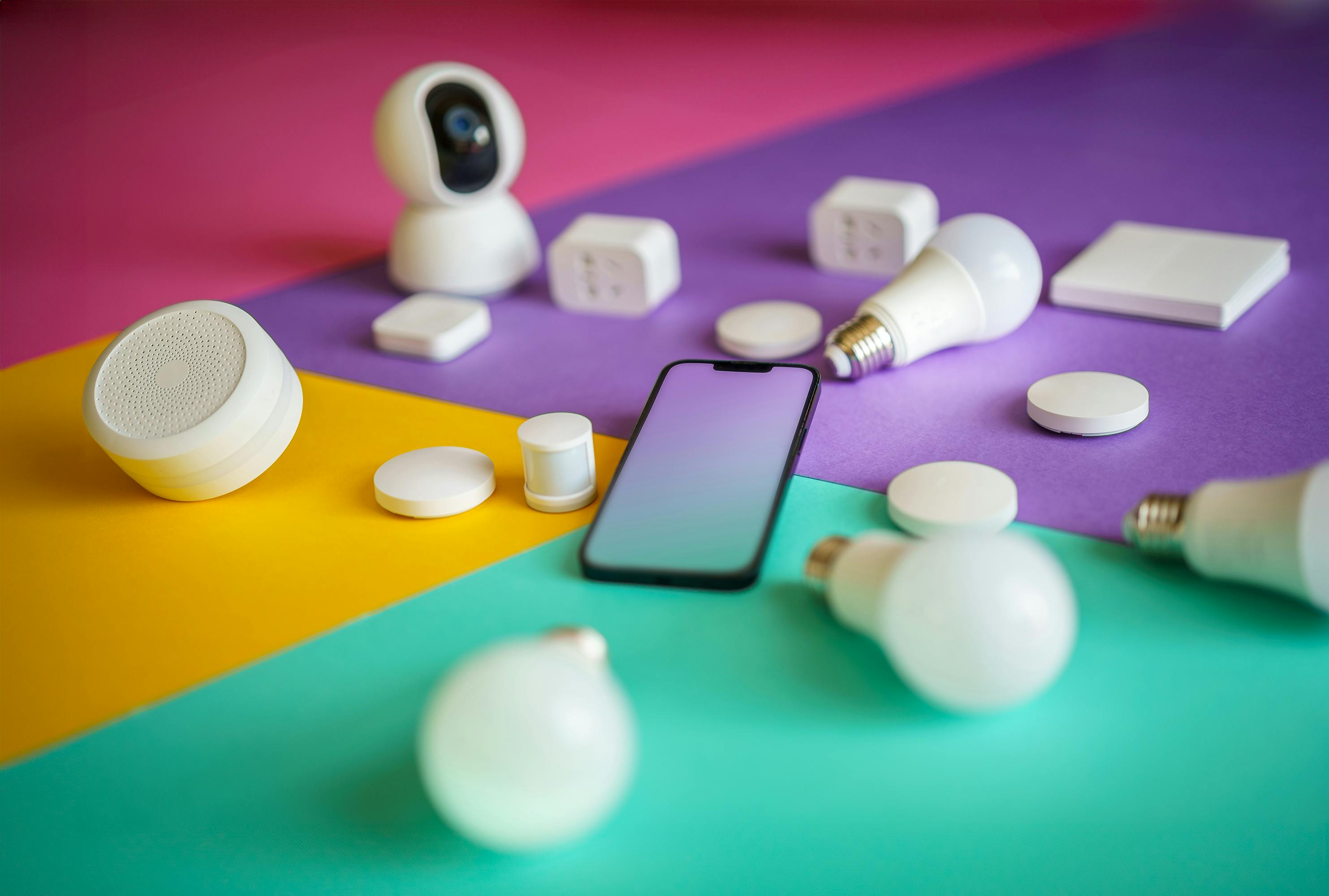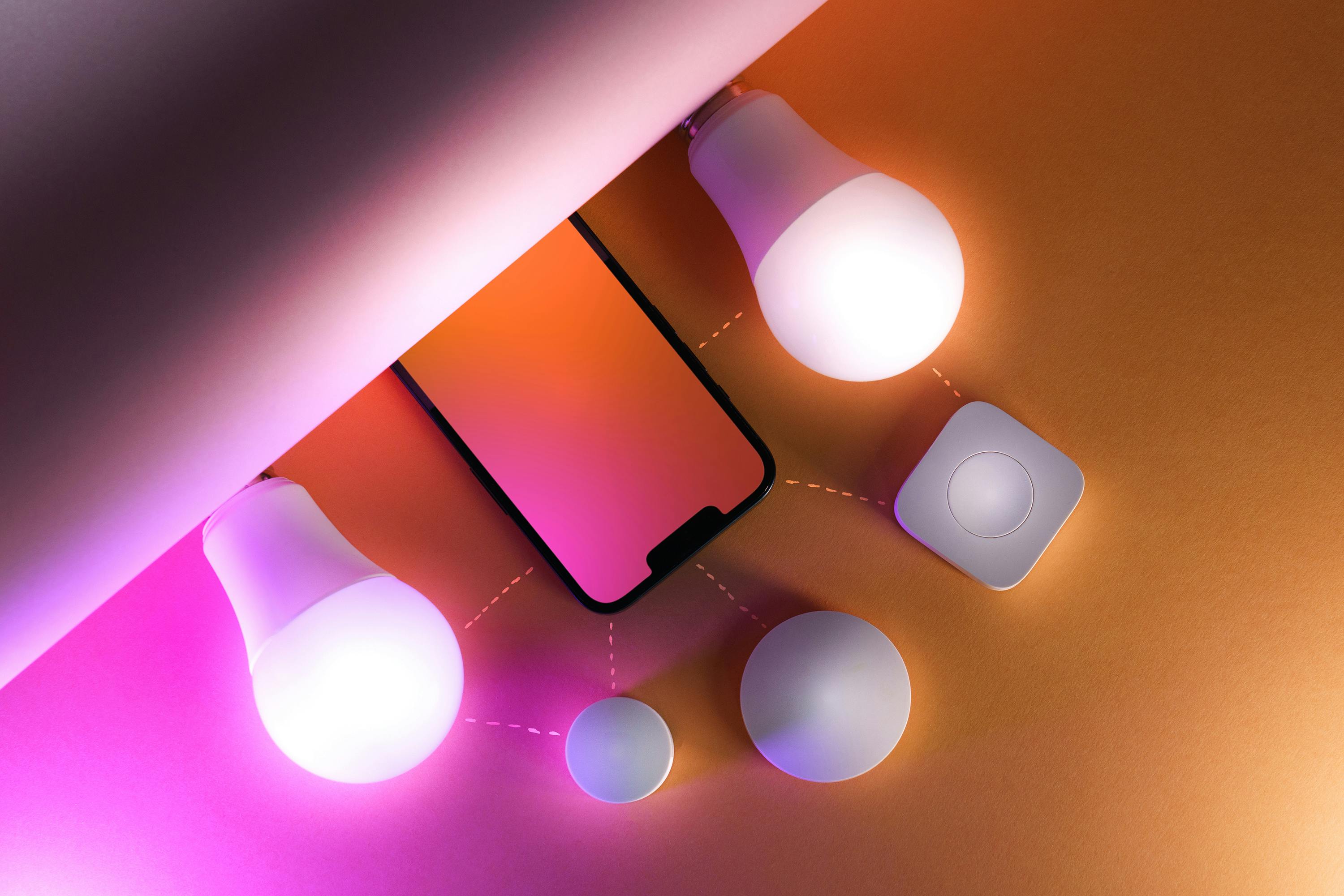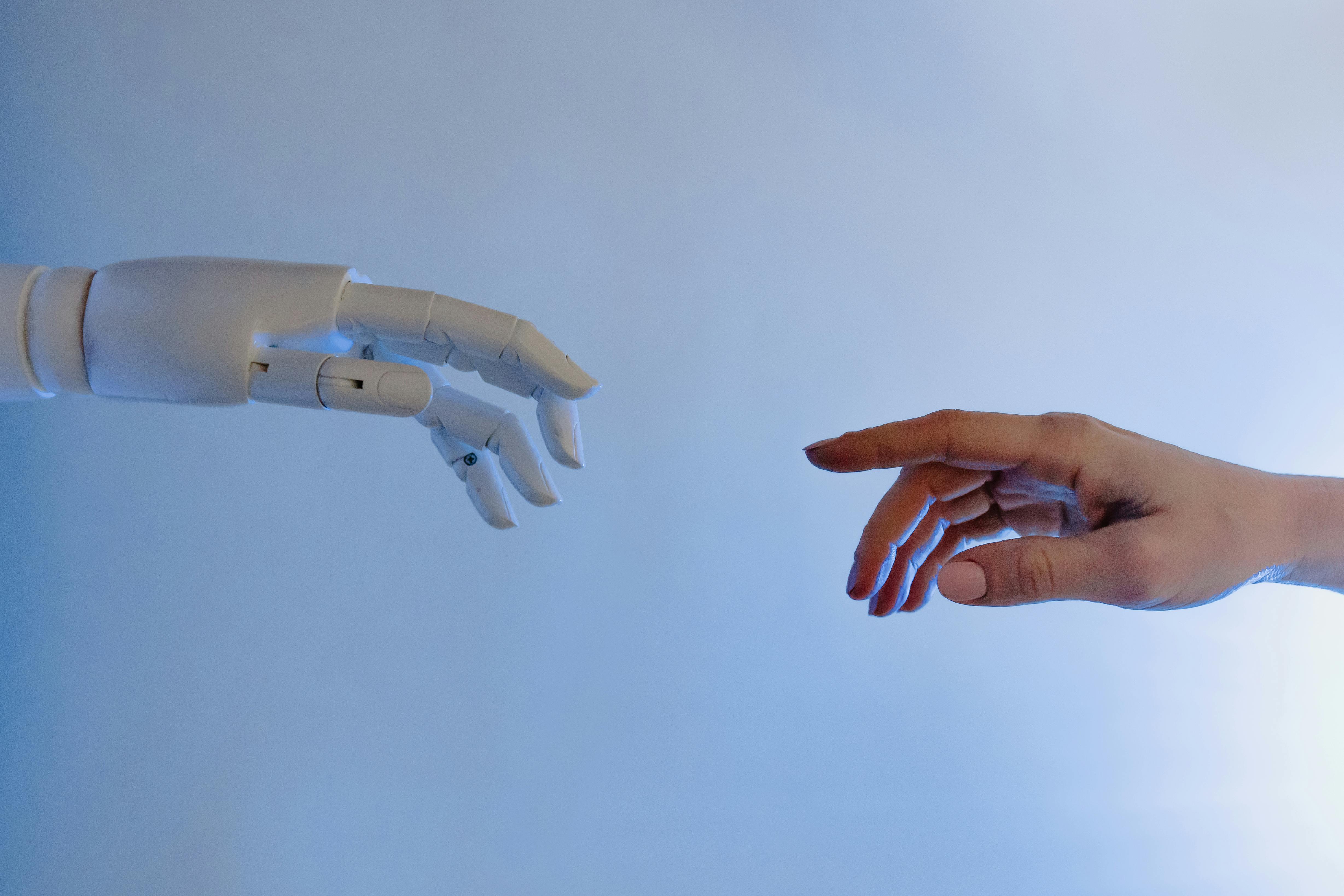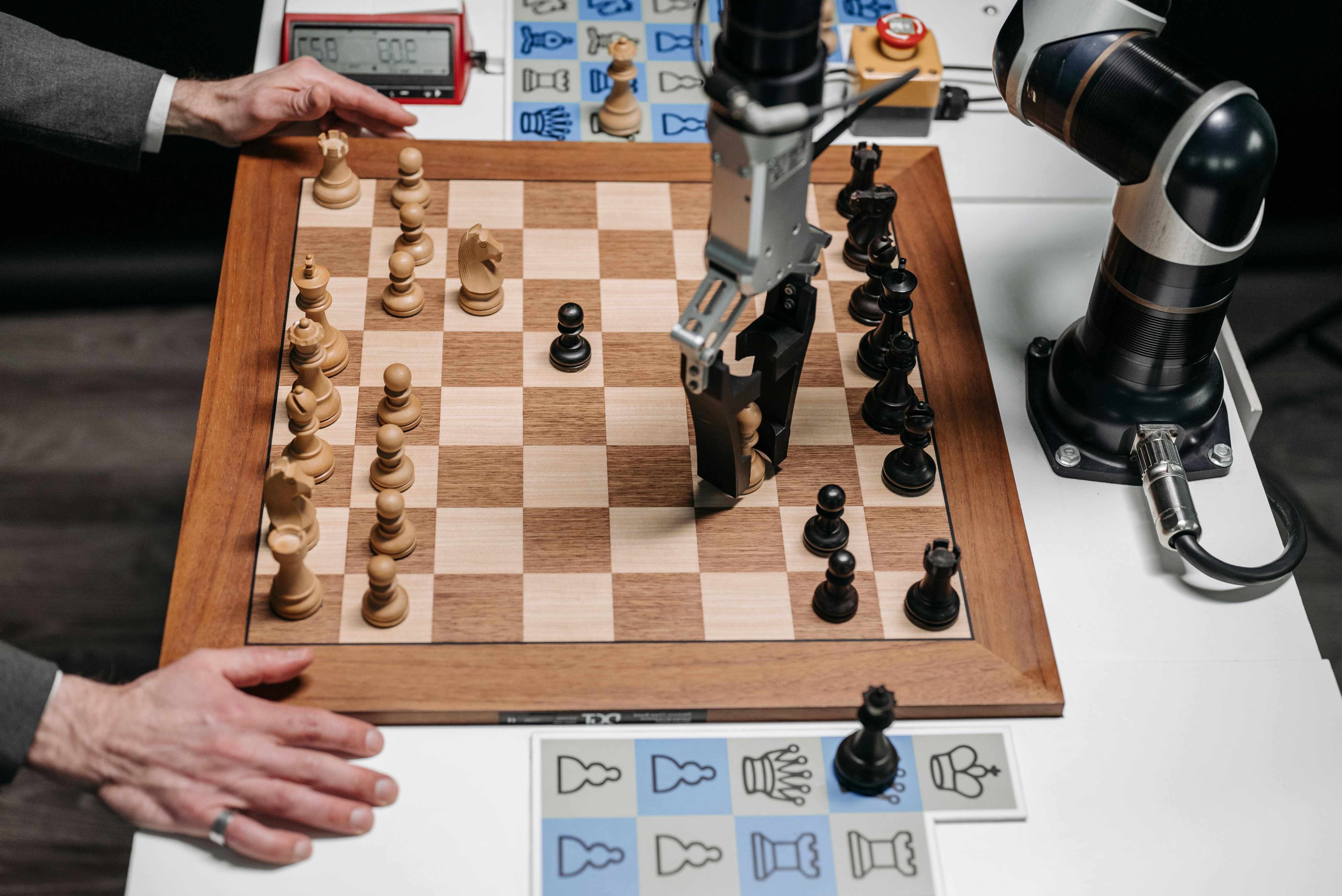Internet of Things
Internet of Things
The Internet of Things (IoT) is a network of physical devices connected to the internet,
allowing them to collect, share, and act on data. IoT enables everyday objects—like home
appliances, vehicles, wearable devices, and industrial machines—to communicate with each other
and with users, often autonomously. By using sensors, software, and connectivity, IoT systems
gather real-time information, analyze it, and make intelligent decisions, streamlining processes
and enhancing convenience across various fields. The core components are essential for any IoT system, allowing devices to sense, connect, and respond intelligently.
Applications of Internet of Things-
Like: Smart Homes, Healthcare, Industrial IoT (IIoT), Agriculture or Agri-Tech, Transportation and Smart Cities.



